| Structure | Name/CAS No. | Articles |
|---|---|---|
 |
Glycerol
CAS:56-81-5 |
|
 |
sodium chloride
CAS:7647-14-5 |
|
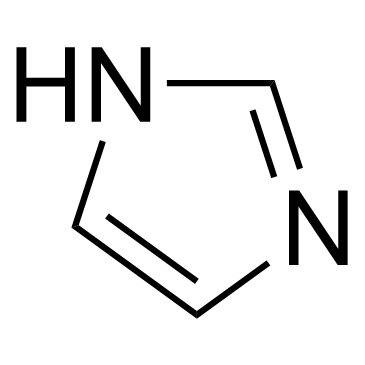 |
Imidazole
CAS:288-32-4 |
|
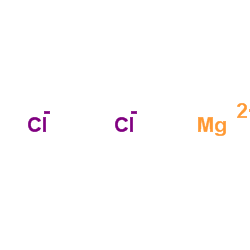 |
Magnesium choride
CAS:7786-30-3 |
|
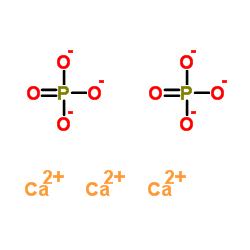 |
Calcium phosphate
CAS:7758-87-4 |
|
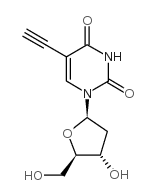 |
5-Ethynyl-2'-deoxyuridine
CAS:61135-33-9 |
|
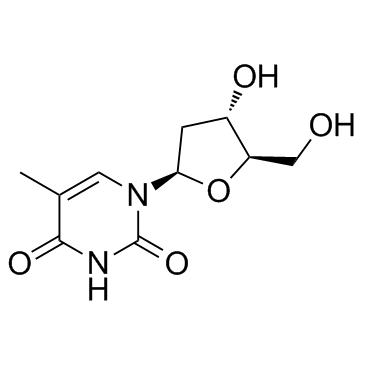 |
Thymidine
CAS:50-89-5 |
|
 |
SODIUM CHLORIDE-35 CL
CAS:20510-55-8 |
|
 |
Ethylenediaminetetraacetic acid
CAS:60-00-4 |
|
 |
o-phospho-l-tyrosine
CAS:21820-51-9 |